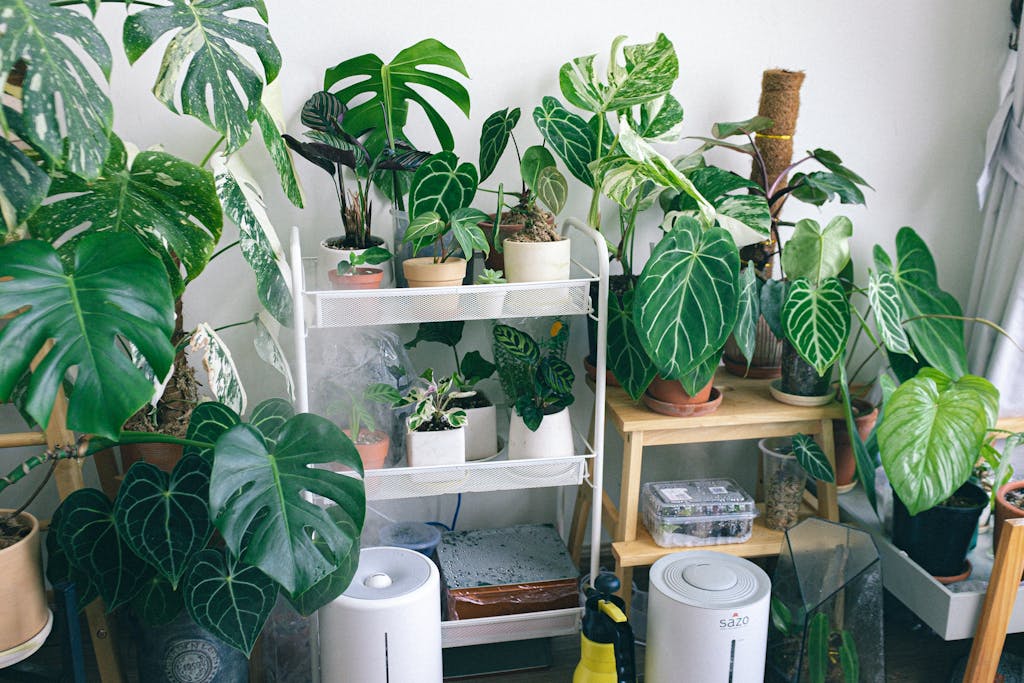Breathing clean air is essential for good health, especially if you spend a lot of time indoors. Air purifiers can help remove pollutants, allergens, and odors from your home, making the air cleaner and healthier. However, with so many options available, choosing the right air purifier can be overwhelming. Here’s a simple guide to help you select the perfect air purifier for your needs.
Determine Your Needs
The first step in choosing an air purifier is to identify why you need one. Are you trying to reduce allergens like dust, pollen, or pet dander? Do you want to eliminate odors from cooking or smoking? Or are you concerned about removing harmful particles like mold spores, bacteria, or viruses? Knowing your specific needs will help you choose the right type of air purifier.
Understand the Types of Air Purifiers
There are several types of air purifiers, each designed to tackle different kinds of pollutants such as HEPA Filters: High-Efficiency Particulate Air (HEPA) filters are effective at capturing tiny particles like dust, pollen, pet dander, and mold spores. They are a good choice if you have allergies or asthma. Activated Carbon Filters: These filters are excellent at removing odors, smoke, and chemicals from the air. If your primary concern is eliminating smells, an air purifier with an activated carbon filter is ideal. UV-C Light Purifiers: These purifiers use ultraviolet light to kill bacteria, viruses, and mold spores. They are often used in combination with other filters for added protection against germs. Ionizers: Ionizers release negatively charged ions into the air, which attach to positively charged particles like dust and allergens, causing them to fall to the ground. While effective, ionizers can sometimes produce ozone, which may irritate the lungs in some people.
Consider the Room Size
Air purifiers are designed to clean the air in rooms of different sizes. Check the Clean Air Delivery Rate (CADR) rating of the air purifier to ensure it is suitable for the size of the room where you plan to use it. A higher CADR rating means the purifier can clean the air in a larger room more quickly.
Noise Level
Some air purifiers can be noisy, especially when operating at higher settings. If you plan to use the purifier in a bedroom or a quiet space, look for models with a low noise level or a “quiet” mode.
Maintenance and Cost
Consider the cost of replacement filters and how often they need to be changed. Some air purifiers have washable filters, which can save money in the long run. Also, check the energy consumption of the unit, as this can affect your electricity bill.
Additional Features
Some air purifiers come with extra features like air quality sensors, timers, and remote controls. While these can be convenient, they may also add to the cost. Decide which features are important to you and whether they fit your budget.
By considering these factors, you can select the perfect air purifier that meets your needs and helps you breathe cleaner, healthier air at home.







